- Press ToolsNews ReleasesMedia ContactsB-roll and imagesVerizon Fact SheetRSS FeedsEmergency ResourcesCable Facts
Digital wellness: Retrain your social media algorithm in 5 steps
Retraining your social media algorithm means taking a mindful approach to scrolling on your phone. Here, a cognitive specialist shares the 5 tips she uses for herself and her teens.

Loading your audio article
Teaching your teen how to make scrolling on social media a mindful brain exercise carries many benefits. This shift could change your teen’s digital habits as well as what they see on social media.
For instance, I love silly dog memes. While I don’t actively seek them out, I can’t resist clicking when they appear. The platform’s algorithm then identifies me as a dog meme enthusiast, which is true to some extent. The problem is that I don’t want to see dog memes all the time.
Retraining a social media algorithm involves actively engaging with the platform to customize the content it presents to you. This means taking a mindful approach to viewing, liking, and sharing social media content, and understanding how these actions shape your content preferences.
Mindfulness is when you are fully present and know what your mind and body are doing. It’s bringing awareness to the moment to ensure that you’re making deliberate decisions. Help yourself and your kids focus on the content you want, and make social media scrolling a practice in mindfulness. As someone living with attention deficit/hyperactivity disorder (ADHD), I continuously strive to enhance my focus. And I’ve found that a mindful approach to social media is essential for both myself and my children.

Follow these five steps to transform social media scrolling into a mindful activity:
Step 1: Spend time on the “Explore” or “For You” feeds.
These feeds display what the social media algorithm perceives as your interests. Ask yourself and your teenager: Is what you see here an accurate snapshot of your interests? Is it aligned with what you want to see more of? If not, search for a topic to explore more to impact these feeds.
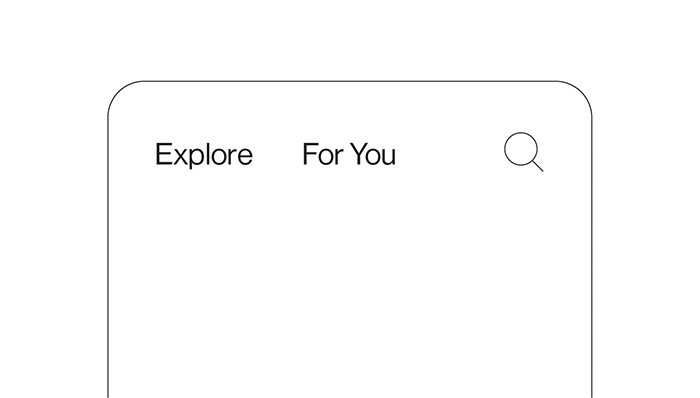
Step 2: Discover and engage with preferred content.
Follow pages, groups or accounts that consistently share content you enjoy. Then intentionally like, comment and share it. Interacting with posts, videos and articles that resonate with you signal the social media algorithm to prioritize similar content.
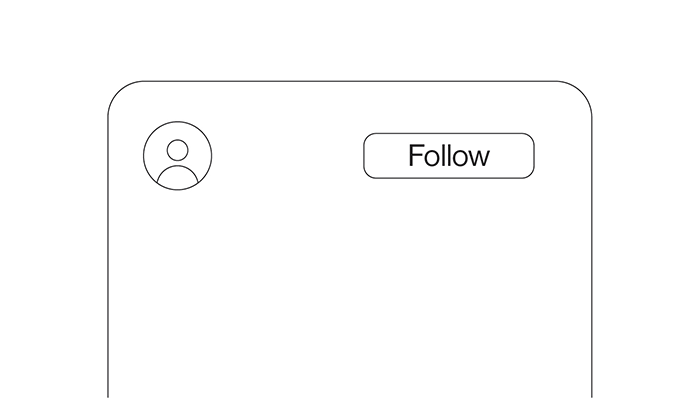
Step 3: Personalize your news feed.
Don’t like what you see? Use the “hide” option for that post. Most platforms offer options to hide specific posts or mark them as irrelevant. This action helps the social media algorithm to tailor your feed to your preferences. You can also unfollow or remove accounts that no longer capture your interest.
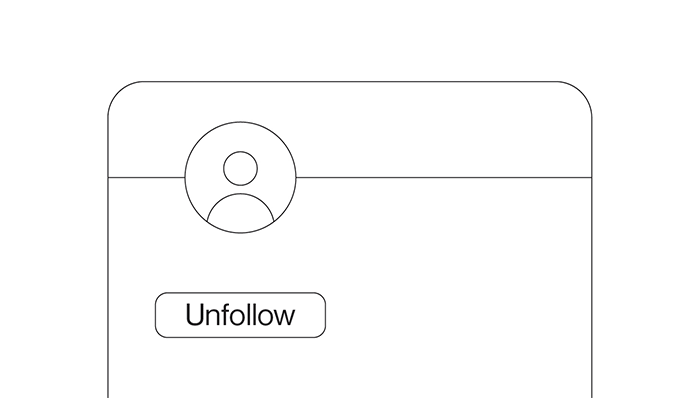
Step 4: Interact with the content you want more of.
Watching a video to the end or spending time reading the full caption in a post informs the social media algorithm about your content preferences. And if you’re intentionally spending time reading and watching the post, it encourages mindfulness in your viewing habits, too. It also teaches teens to be more decisive when they’re scrolling: Is this something I’m really interested in? Or just a passing interest?
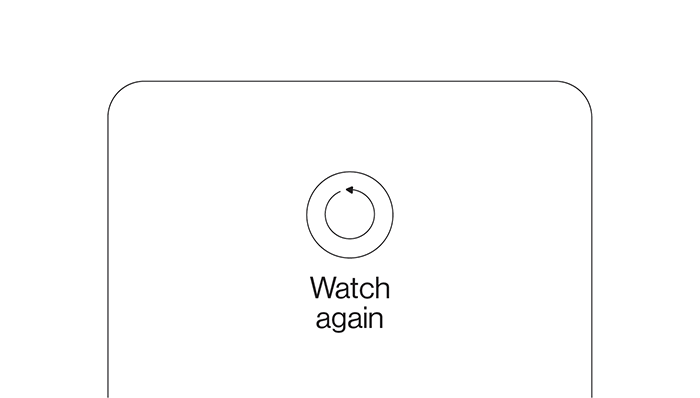
Step 5: Set time limits on your social media use.
Regulate your exposure to the social media algorithm. The more time you spend on social media, the broader the range of content you’ll be shown. If you limit your time, you can keep the focus on content that genuinely interests you. Consider setting an automatic timer to prompt a break after a designated period on social media, such as 20 minutes.
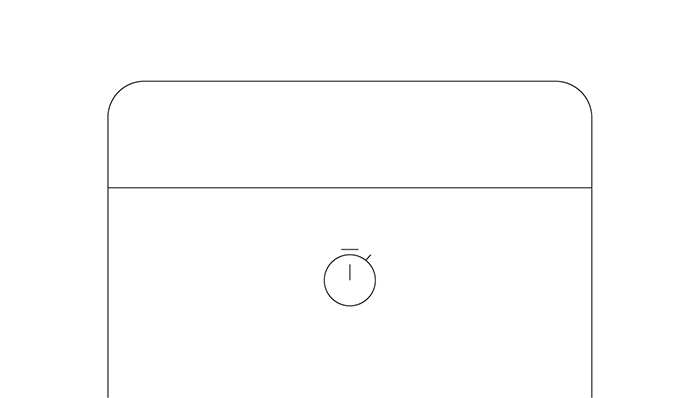
Take a mindful approach to digital parenting, too—with Smart Family.
Beatrice (Bea) Moise, M.S., BCCS., is a Board-Certified Cognitive Specialist, parenting coach, national speaker, and author of Our Neurodivergent Journey. Her UNIQUE parenting channel on YouTube is dedicated to educating individuals on neurodiversity.
The author has been compensated by Verizon for this article.